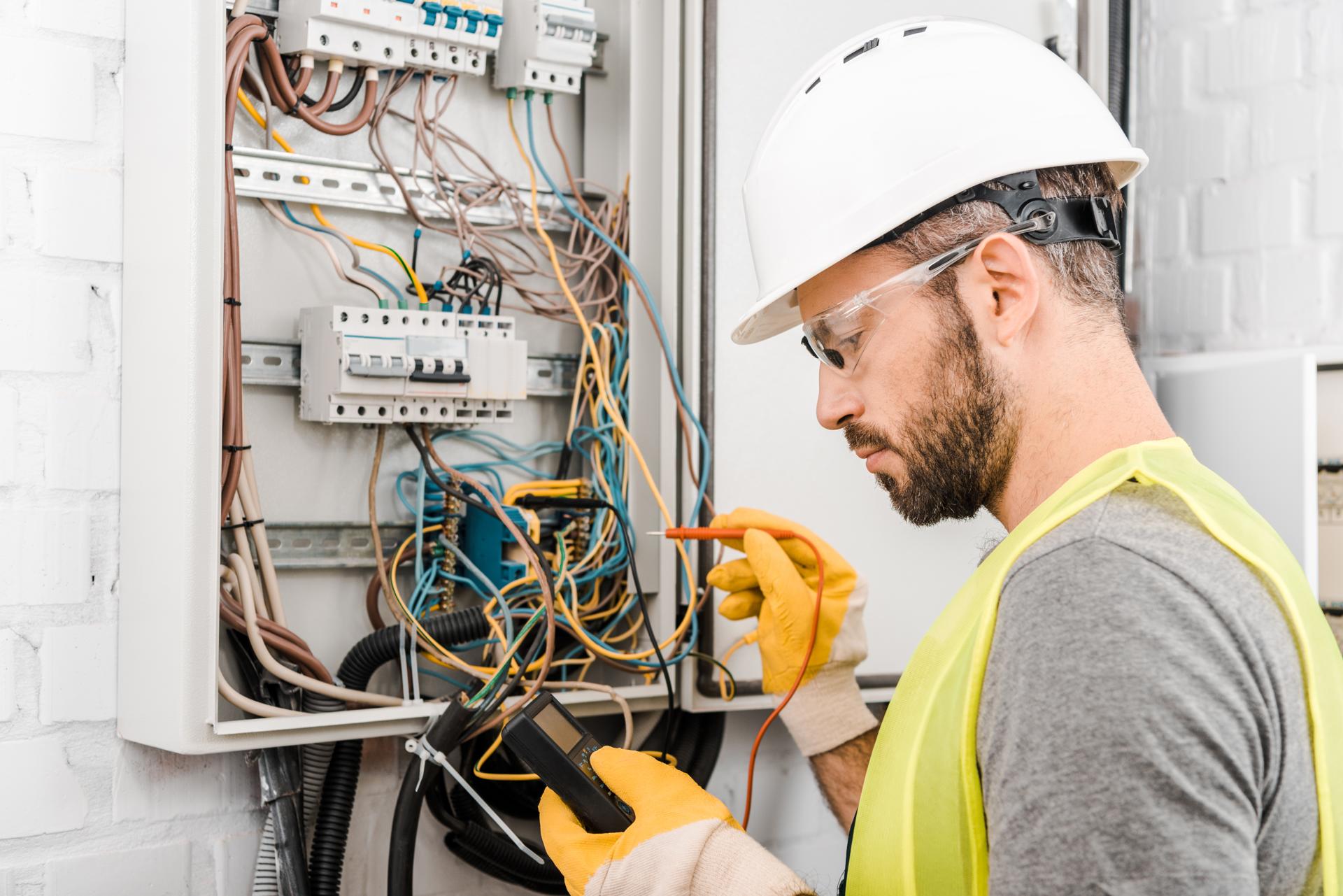Demystifying Electrical Wiring: A Beginner's Guide to How It Works in Your Home

Electricity is an essential component of our life, powering everything from the lights of our houses to devices that we use each day. But electric systems may be a bit complicated, making it difficult to understand how they work isn’t easy. In this guide, we’ll break down the various components that make up an electric system and show how circuits operate to power devices and appliances. Our residential electricians can handle any electrical jobs you need.
Components of an Electrical System
A home’s electrical system includes a number of important components that work to supply power to homes. These include:
Breaker box is the central distribution point for electric power in homes that is where electricity is split into various circuits
Outlets and switches: the points where electricity is delivered to devices and appliances
Wiring: the electrical wires that transmit electric current from the box to outlets and switches
Electronic appliances and gadgets: the appliances and gadgets that rely on electricity to function
Electrical Circuits
An electrical circuit is one which allows electricity to flow from the source (the the breaker box) to appliances and devices within a home. There are two kinds of electrical circuits that can be found in homes that are 120-volt and circuits that are 240-volts. 120-volt circuits are used for most household devices and appliances, whereas the 240-volt circuits are utilized for larger appliances such as dryers and air conditioners.
Electrical circuits work by completing an electrical loop that allows power to flow from the source into the device or appliance. The loop is comprised of a hot cable that is the conduit for electricity along with a neutral wire that completes the circuit, and a ground wire that provides the pathway for electricity to reach the ground in the event the fault occurs.
Understanding the electrical Wiring
Electrical wiring is available in many kinds, such as non-metallic sheathed wire (NM) as well as armored cables (AC) and conduit. Each kind has its own advantages and disadvantages, and the choice of wiring type depends on the specific requirements that the location requires.
The electricity travels through wires by creating a flow of electrons that travel through the wire. The electrons flow between the origin and the device or appliance, and back to the source through the neutral wire. It is essential to ensure the wiring is put in place and maintained in a correct manner, as improper wiring can cause electrical hazards like shocks and fires.
Common Electrical Problems
Common electrical issues in homes include tripping breakers, flickering lights and dead outlets. These issues can be caused due to a variety of reasons, including overloading circuits, broken connections, and defective wiring.
If you are experiencing any of these issues, it’s essential to identify the source and take actions to rectify the issue. In certain instances it may be necessary to contact an authorized electrician to inspect and repair the wiring.
Final Conclusion, as well as a Call to Action
In conclusion, understanding the way electrical wiring functions is vital to ensure the safety and security of the electrical system in your home. By adhering to the guidelines laid out in this document and you will be able to remain safe and prevent potential hazards.
In case you’ve got any questions or concerns regarding the electrical system in your home do not hesitate to call Local Electrician Beecroft. Our licensed electricians has the expertise and experience to meet your electrical needs. Contact us by phone at 1300 610 481 to schedule a appointment.
FAQ
What are the indicators of an electrical wiring issue?
Signs of faulty electrical wiring can include tripping breakers, flickering lights, and electrical outlets that are not working, for example.
When should I schedule my electrical system at home inspected?
It is recommended to have your home’s electrical system examined by a licensed electrician each 10 years.
What is the life expectancy of wiring that is electrical?
The life expectancy of electrical wiring depends on many factors, such as the kind of wiring used, the setting it’s placed in, and the standard of the installation. The majority of electrical wiring can last up to 30-years or longer with the proper installation and maintenance.
Can I fix electrical problems myself , or do I need to employ an electrician?
While some electrical issues are fixable by homeowners, it’s advised to hire an experienced electrician to complete most electrical repairs. Making attempts to fix electrical problems without proper training and knowledge can be risky and can result in injury or damage the property.
What should I do if have an electrical issue in my home?
If you encounter an electrical problem the first step is to cut off the power to the affected area by shutting off the breaker or fuse. After that, you should contact an accredited electrician to look into and fix the issue as soon as you can.
By following these rules, you can ensure the security and reliability of your electrical system in your home and reduce possible dangers. Be aware that when you need repairs to your electrical system or installations, it’s best to leave it to the experts. Contact Local Electrician Beecroft at 1300 610 481 for all your electrical concerns.
